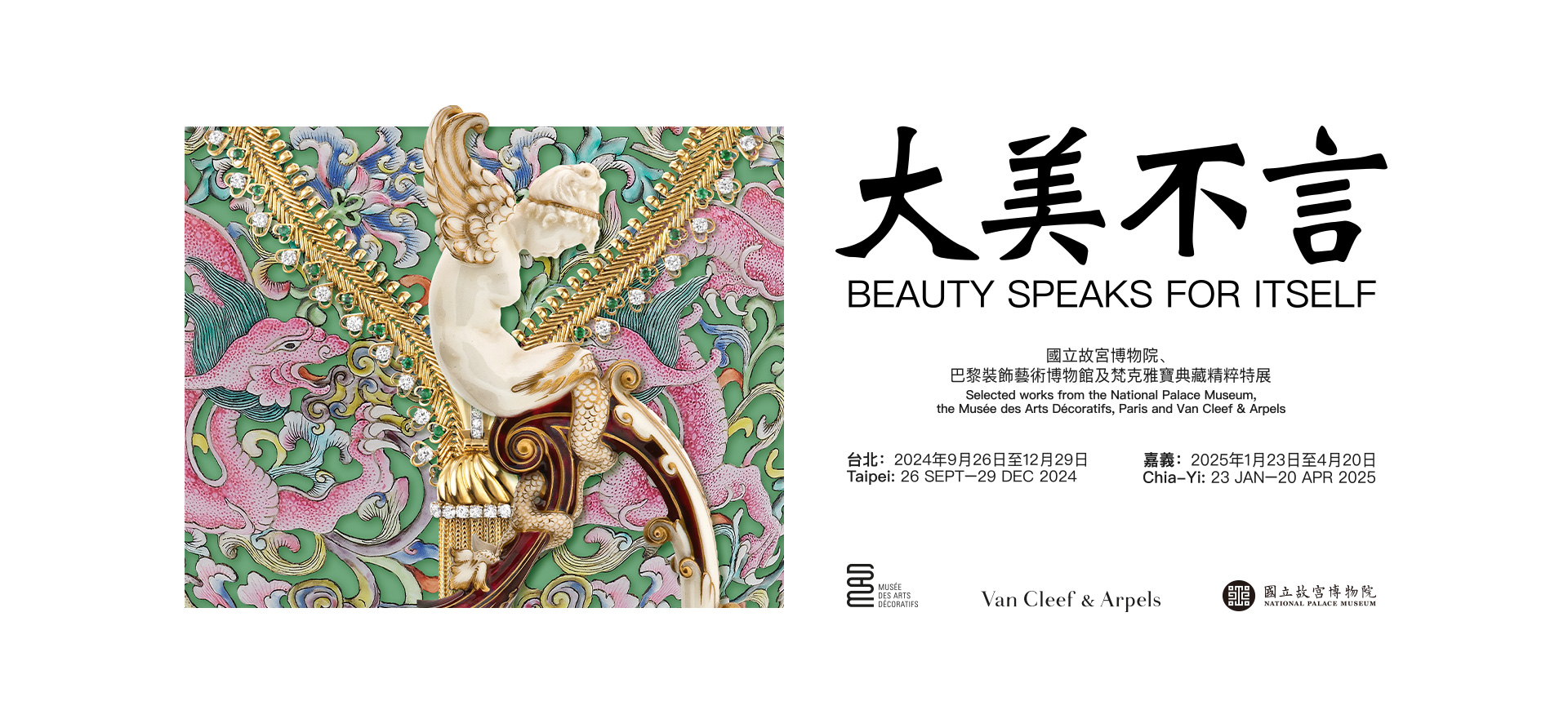Movement
Artists have persistently risen to the challenge of replicating the dynamism of expression or the liveliness of action by employing diverse materials, using specific techniques, and developing ingenious mechanisms. From interpreting the supple quality of a fabric to creating optical effects with interplays of lines; from conveying an impression of speed to expressing the passage of time, the decorative arts have constantly striven to represent the notion of movement.
In countless civilizations, artists have been deeply fascinated with capturing the instant moment from an action or landscape.
However, this esthetic quest is integrated with another form of movement: the international trade. Cultural, stylistic and technical exchanges have enriched the decorative arts, as reflected in the works displayed here.
—Highlight Pieces—
-
Duan inkstone with sun-and-waves decoration
Ming dynasty (1368 –1644)
Duan stone
National Palace MuseumThe organic undulations you can see on each of the artworks in this display were created using very different mediums: volcanic material, glass, and yellow gold. First, take a look at the dark purple inkstone, which was carved during the Ming Dynasty. Waves surge tumultuously over the entire piece, while the disc-shaped slab evokes a rising sun. Ocean waves swirl down from the top of the piece to form the inkwell. On the back of the inkstone the sun rises amid auspicious clouds and billowing waves, so that the user feels as though they are holding the sea and the sky in the palm of their hand.
-
Cigarette case
1962
Yellow gold and sapphire
Van Cleef & Arpels CollectionTake a look at the cigarette box made in 1962. The multitude of engraved lines dancing over the case create an interplay of light and texture, forming an impression of relief. This decoration was made with a traditional European technique called guilloché.
-
Op Art Mikado bracelet
1970
Yellow gold
Van Cleef & Arpels CollectionThese creations were inspired by the optical effects typical of the Op Art movement; as were many other precious objects made by Van Cleef & Arpels in the 1960s and 1970s.
-
Hommage à Degas, “Wave” series, Matei Negreanu
France, 1984
Sand polish glass
Musée des Arts DécoratifsTake a look at the sculpture by Matei Negreanu, who studied at the Bucharest School of Fine Arts. As you can see, he also took inspiration from waves. The piece, made from sand-polished glass, plays with unequally balanced volumes and surface effects. They are created by changes in the intensity of light as the material oscillates between opacity and translucency. You can also see a woman’s bust emerging from the fluid organic lines. She was inspired by the French painter Edgar Degas, famous for painting ballerinas; and the sculpture is actually called "Hommage à Degas" (Homage to Degas). It is part of the Vagues series, which Negreanu made in France in the early 1980s.


